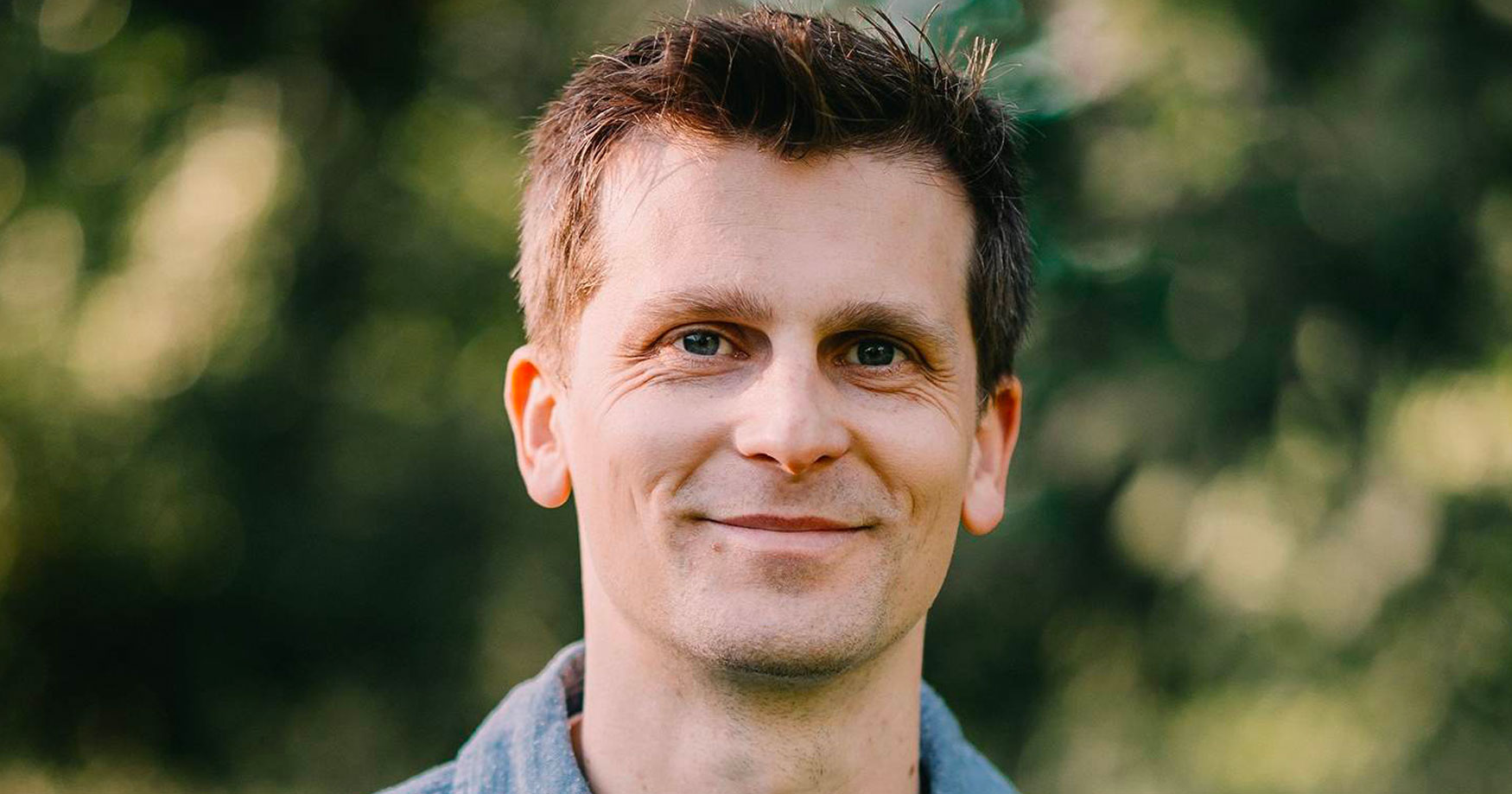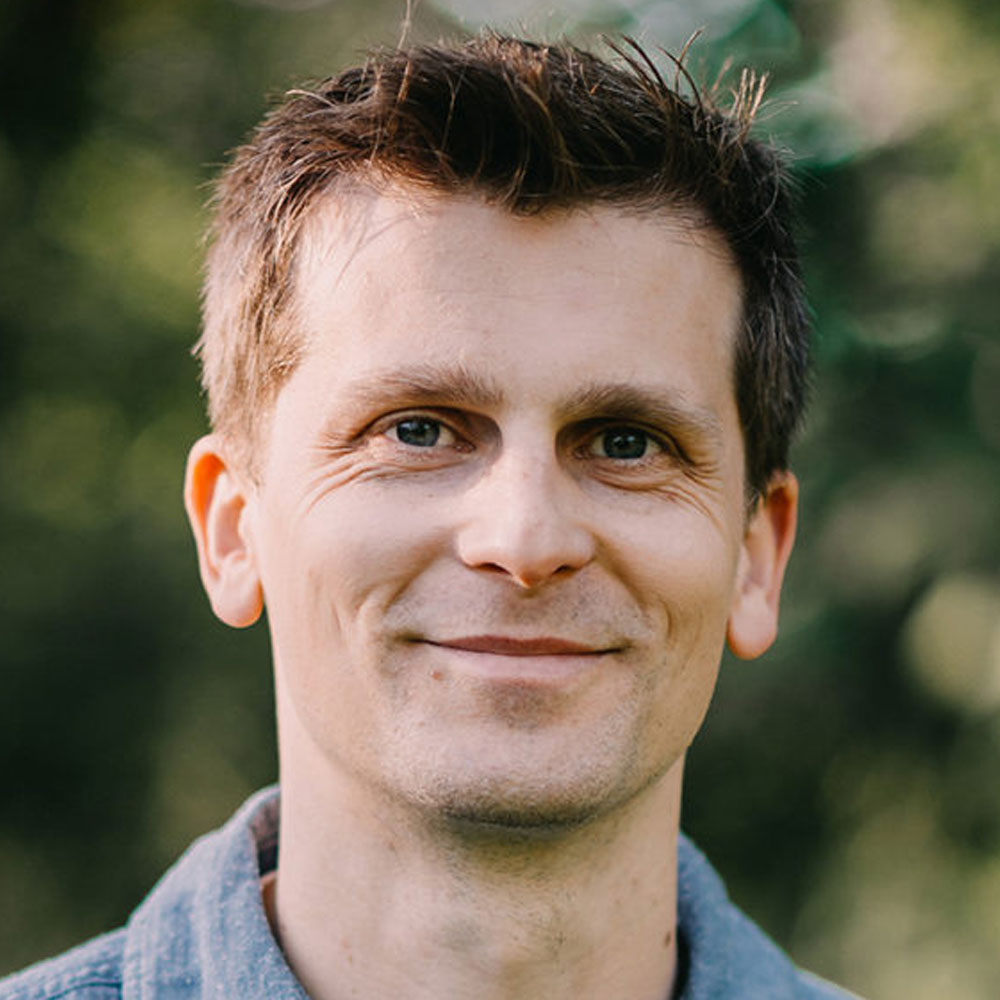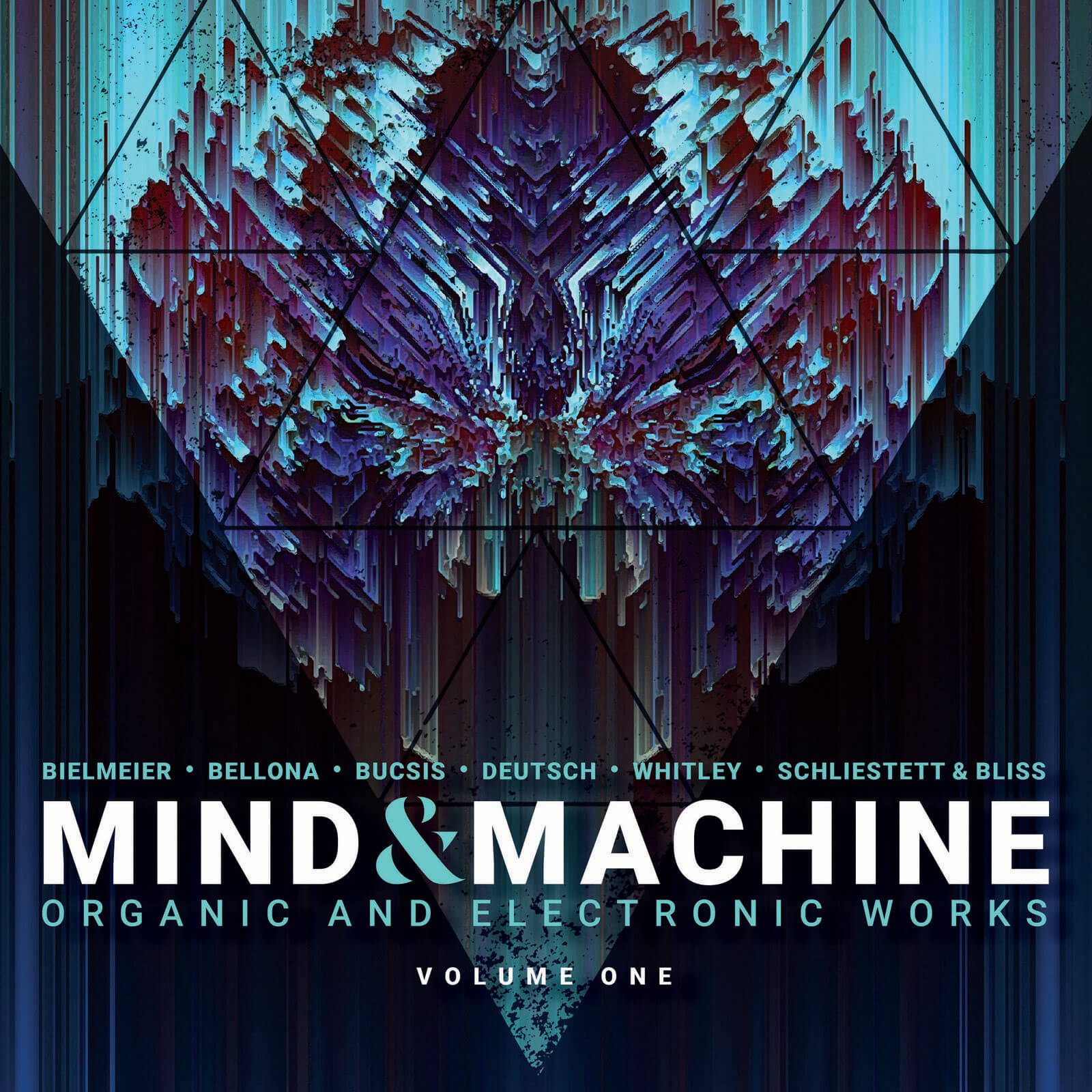
Jon Bellona’s work has been shown in concerts, festivals, and galleries across North America and Europe, including Kyma International Sound Symposium (KISS); Society for Electro-Acoustic Music in the United States (SEAMUS); the Smithsonian Museum of American History (D.C.); International Computer Music Conference (ICMC); with special performances at the Casa da Música (Porto Portugal) and CCRMA (Palo Alto CA). His music and media explore environmental sustainability, data-driven interactivity, site-specific sound, and choreographic composition. Jon is a co-director of Harmonic Laboratory, an interdisciplinary arts collective focused on art and technology collaborations.
Today, Jon is our featured artist in “The Inside Story,” a blog series exploring the inner workings and personalities of our artists. Read on to learn about the time Jon performed on electric kazoo at a music festival…
When did you realize that you wanted to be an artist?
While I had been playing music since about 5, it wasn’t until hearing Nirvana’s “Smells Like Teen Spirit” on the radio when I was 11 that my synapses really converged on being an artist. So yes, you could say that I’m a child of grunge. I got a guitar for Christmas that year and started my first band soon after with a classmate. Grunge and other guitar-centric genres of the 1990s, like shoegazing in particular, really utilize effects pedals to carve out their sound. It’s this beautiful blend of songwriting and sound design that made me fall in love with making music and the crafting of sound by touching circuits and turning knobs.
What was your most unusual performance, or the most embarrassing thing that happened to you during a performance?
Perhaps my most unusual performance was playing an electrified kazoo, solo, for an hour straight at 7 AM while the sun was rising as part of a 24-hour festival concert in Charlottesville VA. The concert was set inside a chapel, and the sun was rising through the beautiful stained glass. I was inspired by the theme of minimalism for the festival, and my goal was to stand still in one position throughout the hour and to meditate on the sound. I couldn’t believe how that hour flew by! I was really humbled to be part of the festival. I mean, it was wonderful to have the 24-hour concert kicked off by a midnight performance of Pauline Oliveros’ Sonic Meditations I (Teaching Yourself to Fly). The experience with 50+ audience members and performers was absolutely stunning.
If you could instantly have expertise performing one instrument, what instrument would that be?
I would love to expertly play the pedal steel guitar. The instrument packs so much beauty into such a tight space. Lush, serene, calm, it’s the perfect complement to any arrangement. But that instrument is hard to play well! Forget about the fretboard—there are the pedals and knee levers to worry about. A very close second for me would be getting the opportunity to compose and perform on Michel Waisvisz’s The Hands. While Bert Bongers took the design of The Hands and made a few MIDI Conductor instruments after making a second version in 1989, The Hands remains an original to the artist. Only three versions were ever developed. I really dig Waisvisz’s conceptual ideas, sound world, and presence on stage, and his notions of effort and human touch are embodied within his instrument. I continue to be inspired.
What was your favorite musical moment on the album?
My favorite musical moment from the record was the sound of the cello playing sul ponticello. It really has this beautiful breaking up of tone and provides such a great texture. I took the recording and then sent the sound, at line level, through a Neve 1073 preamp and then through a Chandler EMI TG12413 Zener limiter (the one used a lot at Abbey Road Studios). I was able to get this overdriven crunch and sustain on the sound with these two analog pieces of gear. Hearing the combination of an extended acoustic technique married with really great analog circuitry absolutely made the musical world for me. I attempted to build everything around that sound—the other strings and the electronics.
What does this album mean to you personally?
My late undergraduate music advisor and mentor Sam Pellman was on Ravello Records. He released SELECTED GALAXIES (2015). Sam was tragically killed in a cycling accident late last year, and there was so much I wanted to sound out with him. To be part of the Ravello family with this record means a lot to me. I know Sam would have loved seeing Currents with the live, MIDI-controlled Tesla Coils when it was performed as part of the Harmonic Laboratory production, Tesla: Light, Sound, Color. Now the piece is on Ravello!
Is there a specific feeling that you would like communicated to audiences in this work?
I think there is beauty in the merging of acoustic and electronic timbre. The frays of electronic into the edges of acoustic create a vibrant textural world. Doug Bielmeier nails it in this way, I think, on Costa Mesa Rocking Chair. There is a lot of potential in the combination of acoustic and electronic that remains fertile sonic territory, and I want to continue exploring the varied combinations of these worlds. I dig works that meld organic performance with electronic and/or digital processing and warm tone with harsh bite, and MIND & MACHINE takes a step in that direction. I hope you enjoy.

Jon’s work has been shown in concerts, festivals, and galleries across North America and Europe, including Kyma International Sound Symposium (KISS); Society for Electro-Acoustic Music in the United States (SEAMUS); the Smithsonian Museum of American History (D.C.); International Computer Music Conference (ICMC); with special performances at the Casa da Musica (Porto, Portugal) and CCRMA (Palo Alto, CA). His music and media explore environmental sustainability, data-driven interactivity, site-specific sound, and choreographic composition. Jon is a co-director of Harmonic Laboratory, an interdisciplinary arts collective focused on art and technology collaborations.

